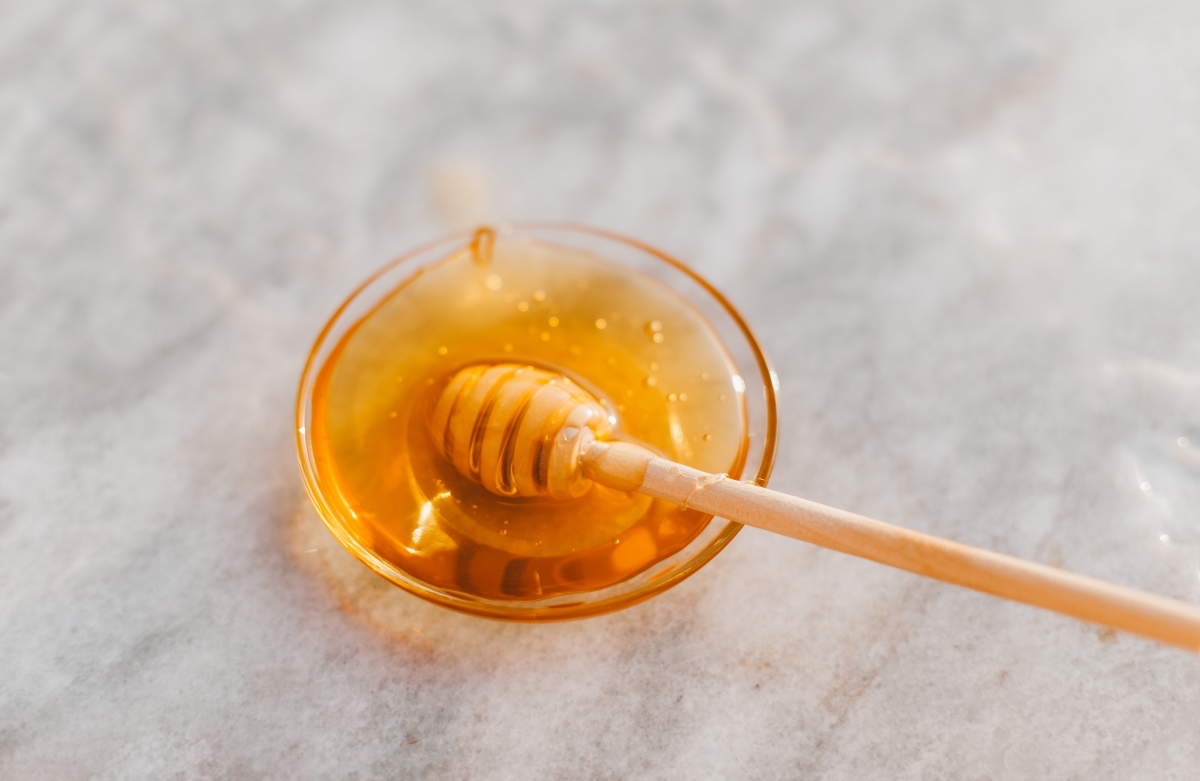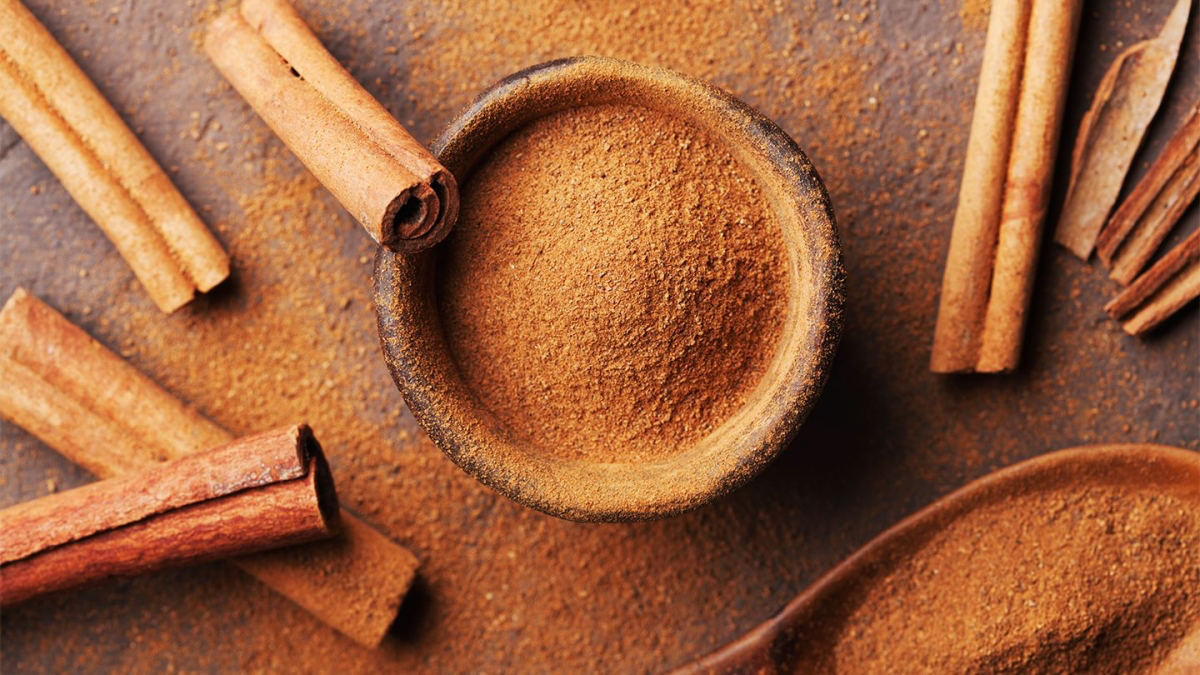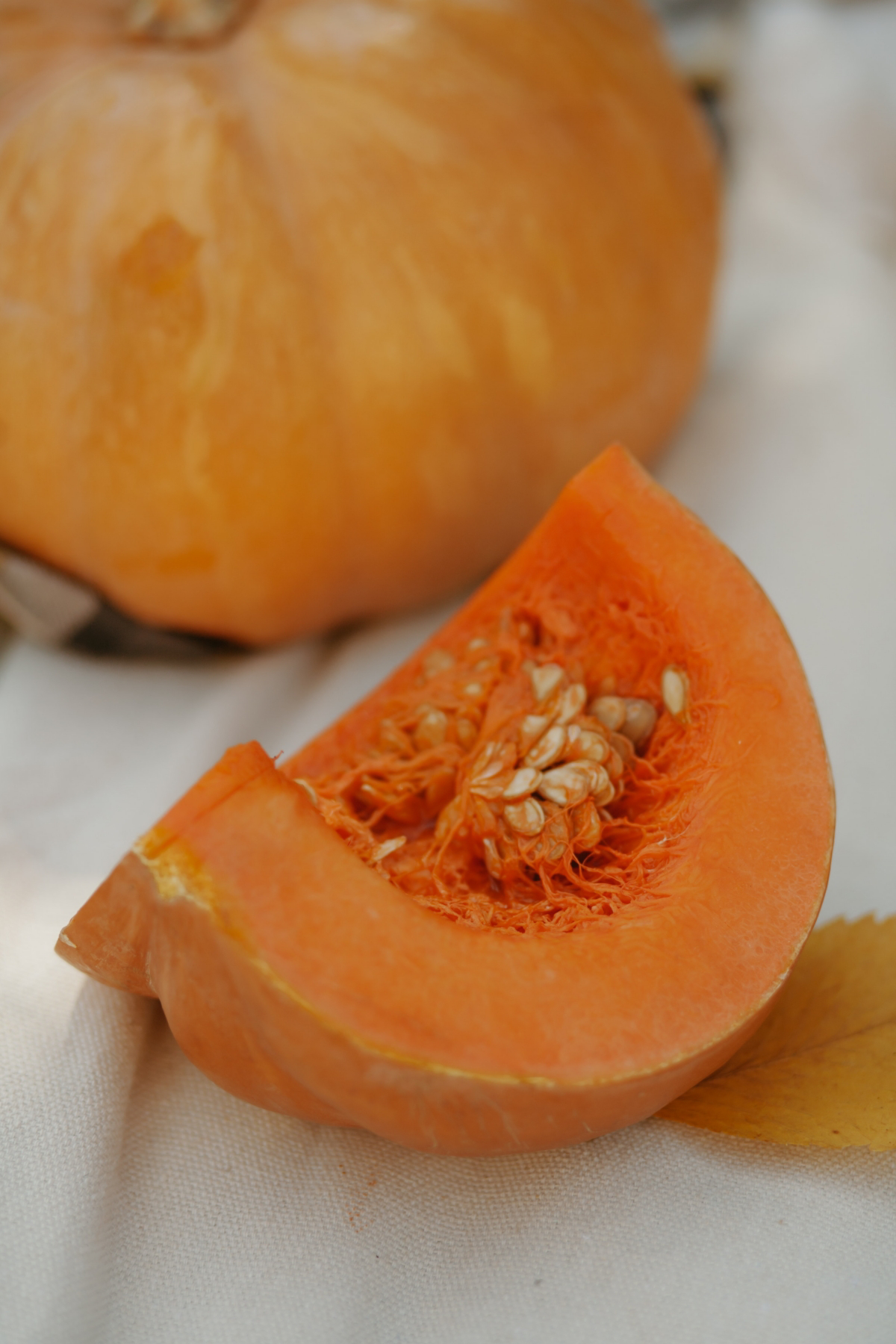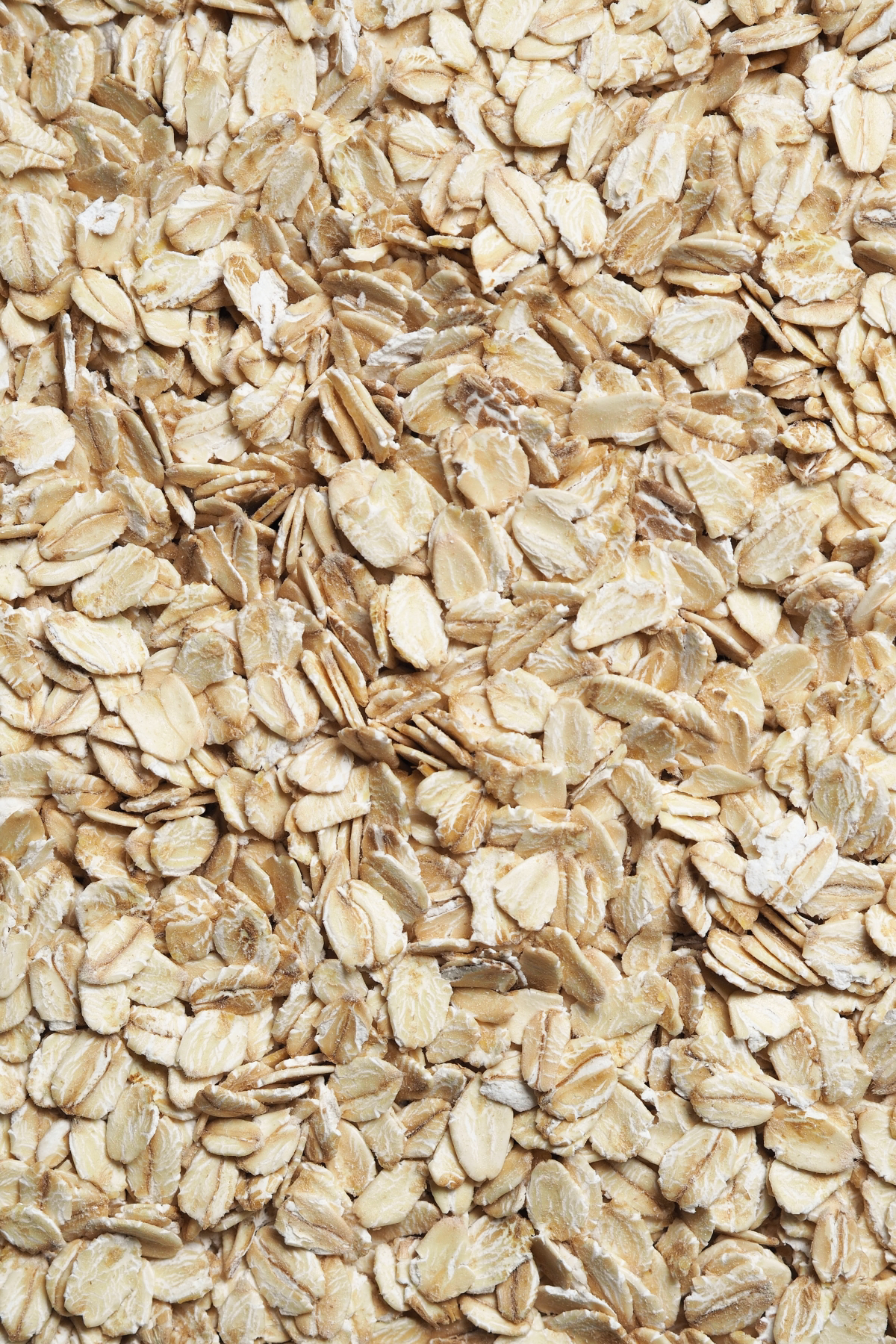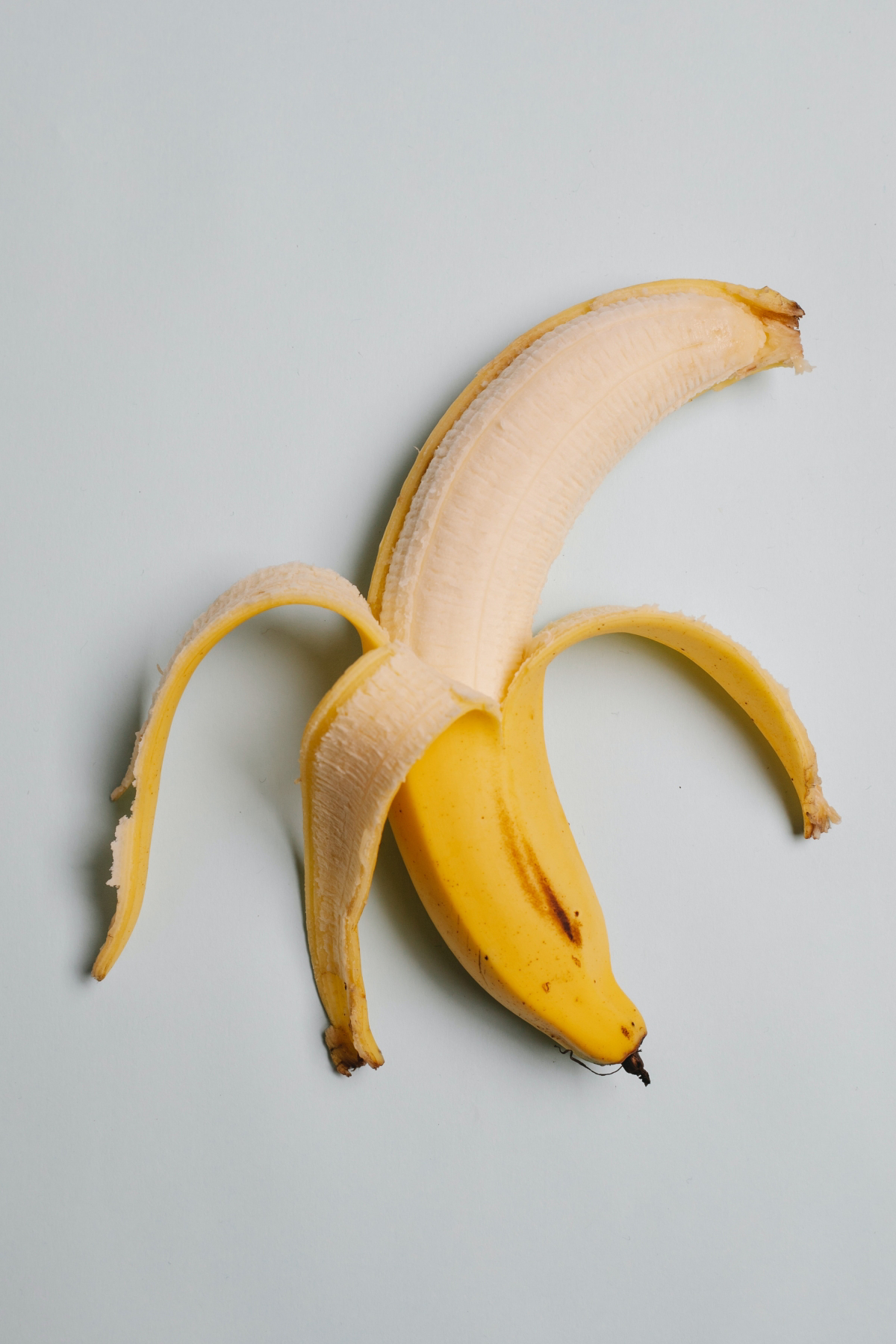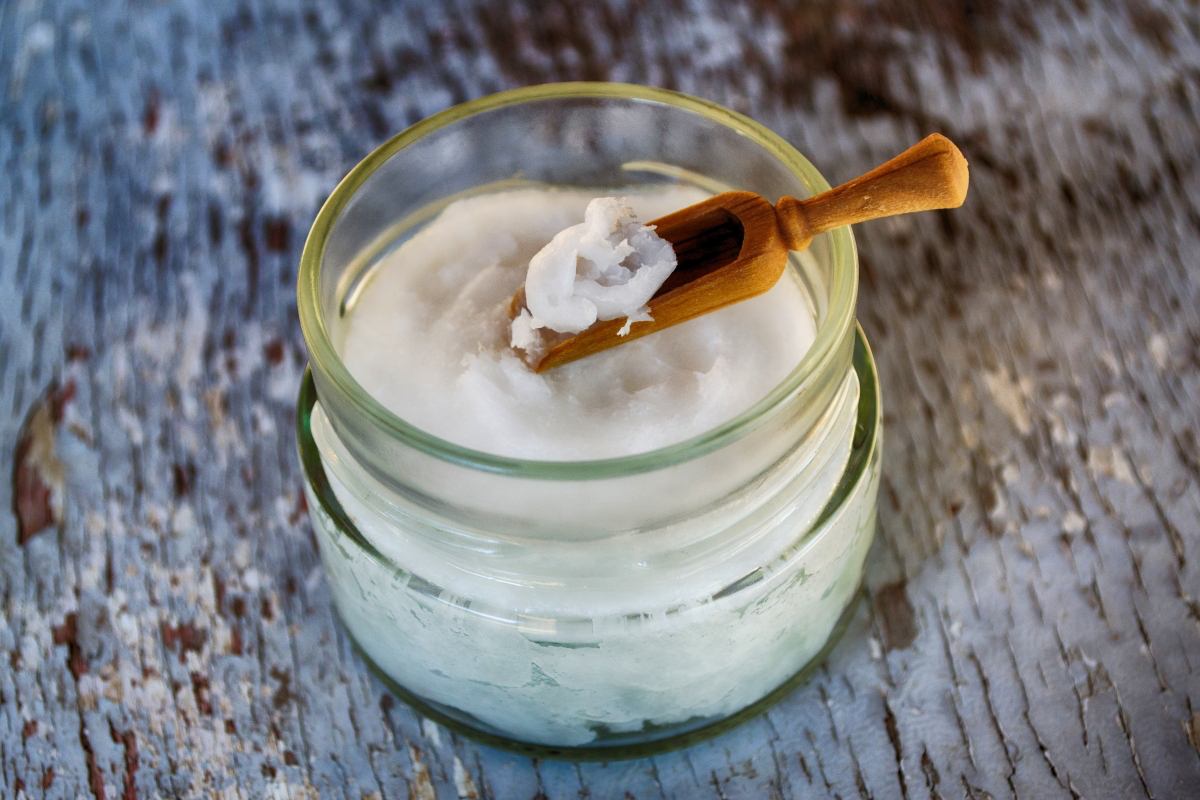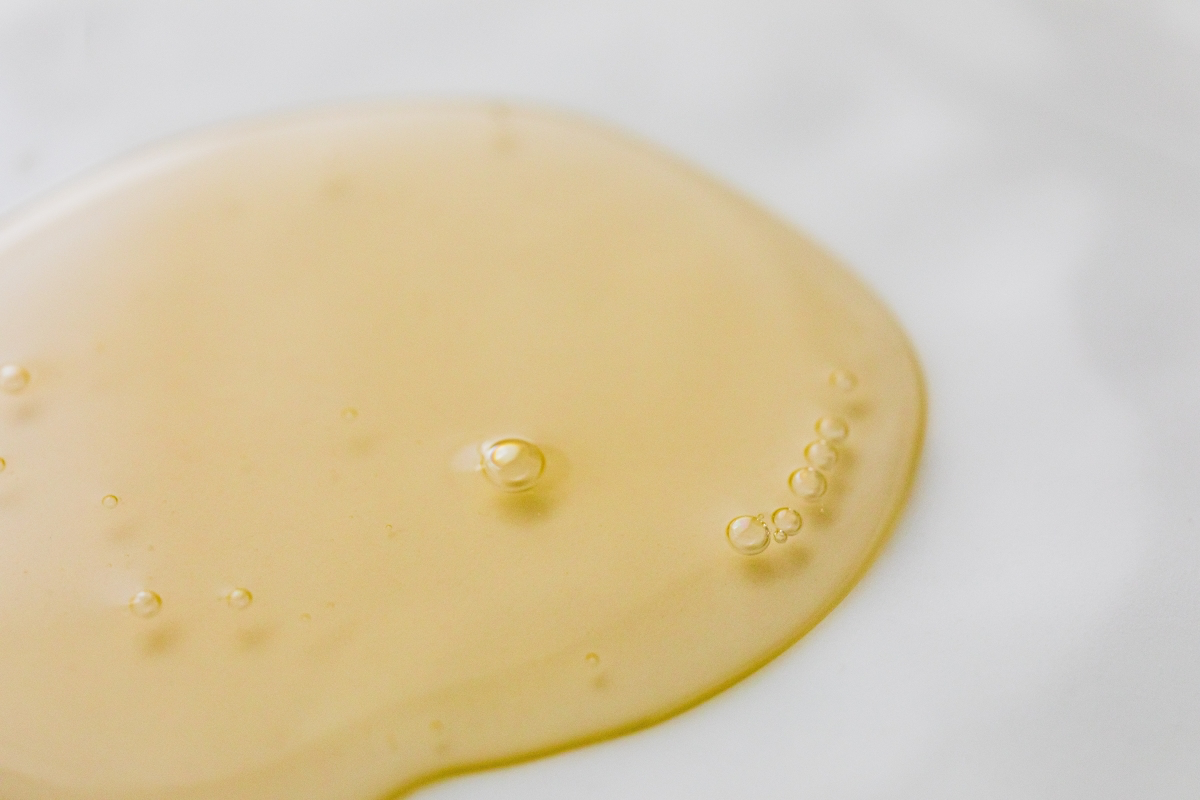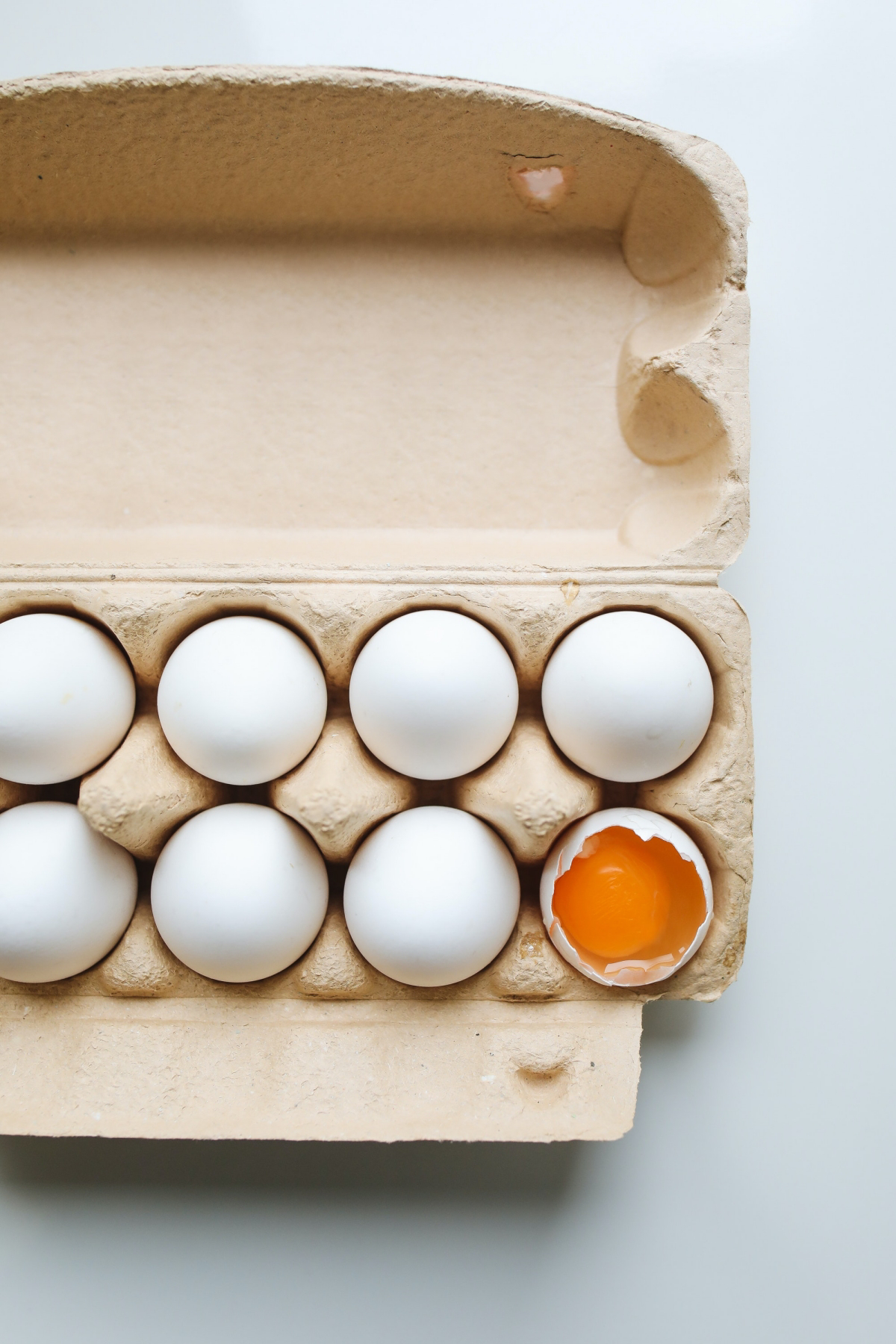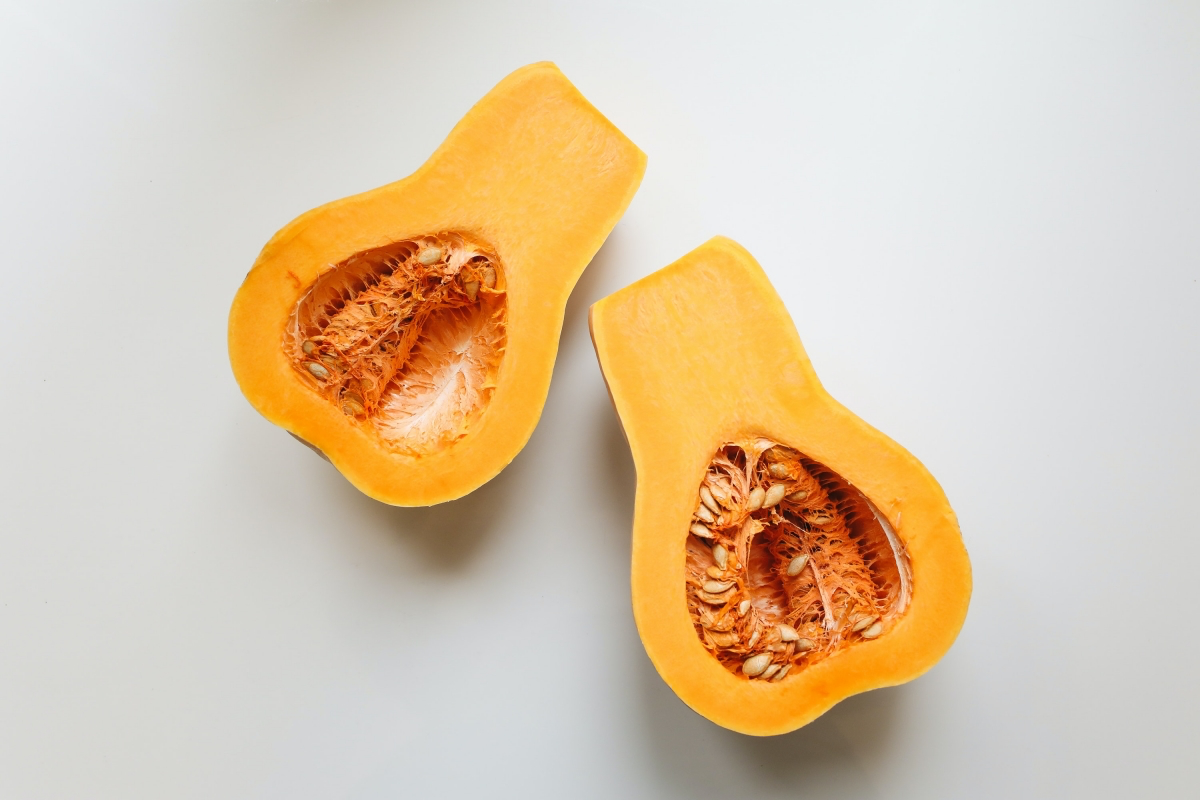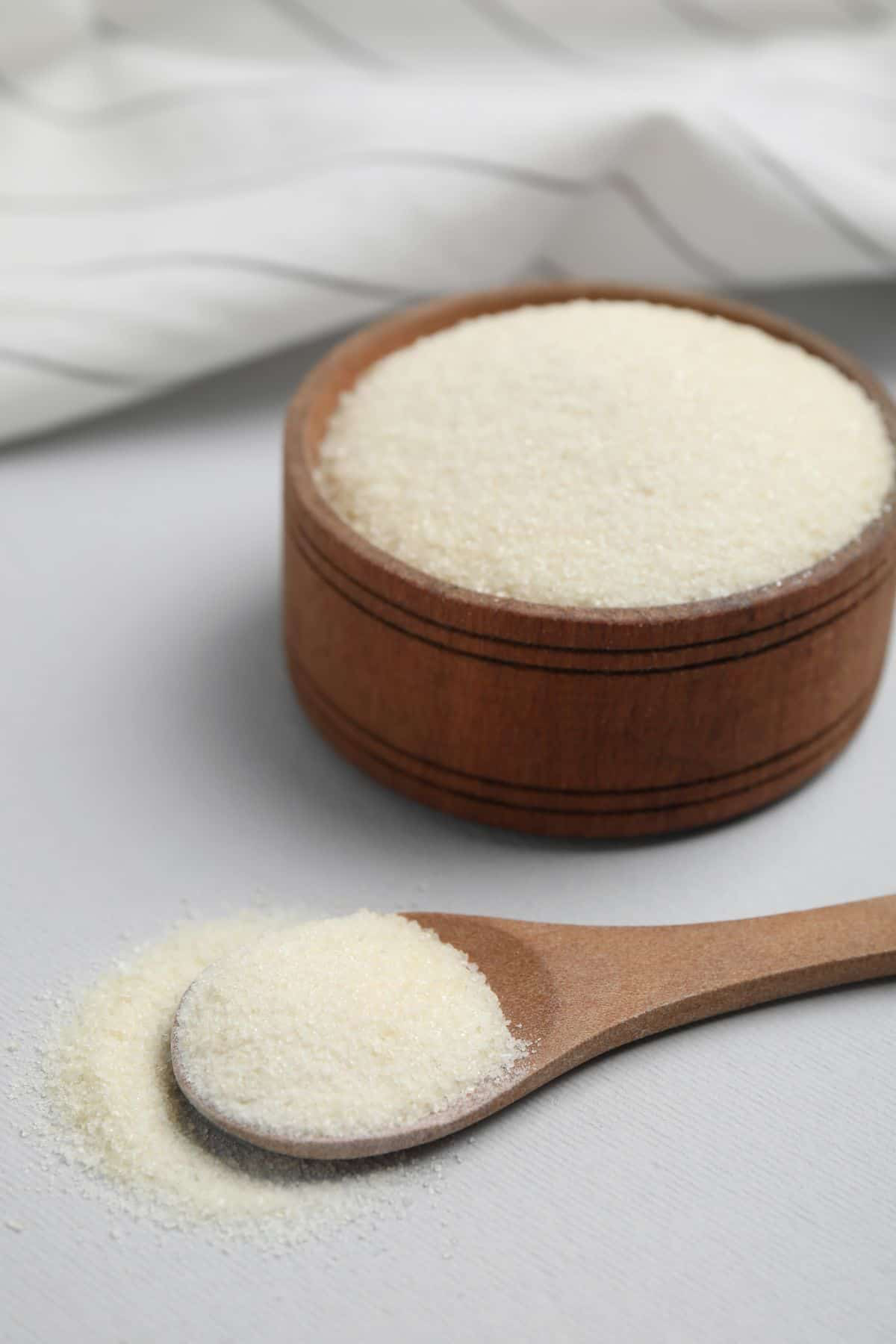Your Hair is Fried From Summer? Here’s the Pro-Level Fix (On a Budget)
You know that feeling, right? You step into autumn after a glorious summer, but your hair feels… well, wrecked. It’s dry, a little crunchy, and seems to be shedding more than usual. It’s not just you, I promise. After months of fun in the sun, chlorine, and salt, our hair is basically crying out for help. And as the weather shifts, a whole new set of challenges pops up.
For years, I’ve helped people navigate this exact seasonal slump. It’s a critical time for hair – a period of intense repair to fix summer damage and prep for the colder, drier months ahead. A lot of people grab a banana and some olive oil, and while that’s a start, real, lasting repair comes from understanding why certain ingredients work.
We’re going to move past just smearing breakfast foods on your head and get into the nitty-gritty of what actually revitalizes your hair. The best part? You can get all the ingredients for these pro-level masks for under $20, and they’ll last you for several treatments. That’s a huge win compared to a single $80 deep conditioning service at a salon.

First, Let’s Figure Out What We’re Fixing
To solve a problem, you have to know what you’re up against. Think of the outer layer of your hair, the cuticle, like shingles on a roof. Sun, chlorine, and salt act like a storm, lifting and breaking those shingles. When the cuticle is damaged, the inner core of your hair—which holds all the good stuff like moisture and protein—is left exposed.
This is why your hair gets frizzy and dry; moisture is just escaping left and right. It also makes your hair weaker and way more likely to snap. On top of that, autumn often triggers a natural shedding phase. While it’s a normal cycle, it can feel extra dramatic when your hair is already in a fragile state. So, our game plan is simple: deeply hydrate and strengthen the hair you have, and create a super healthy scalp to support new growth.
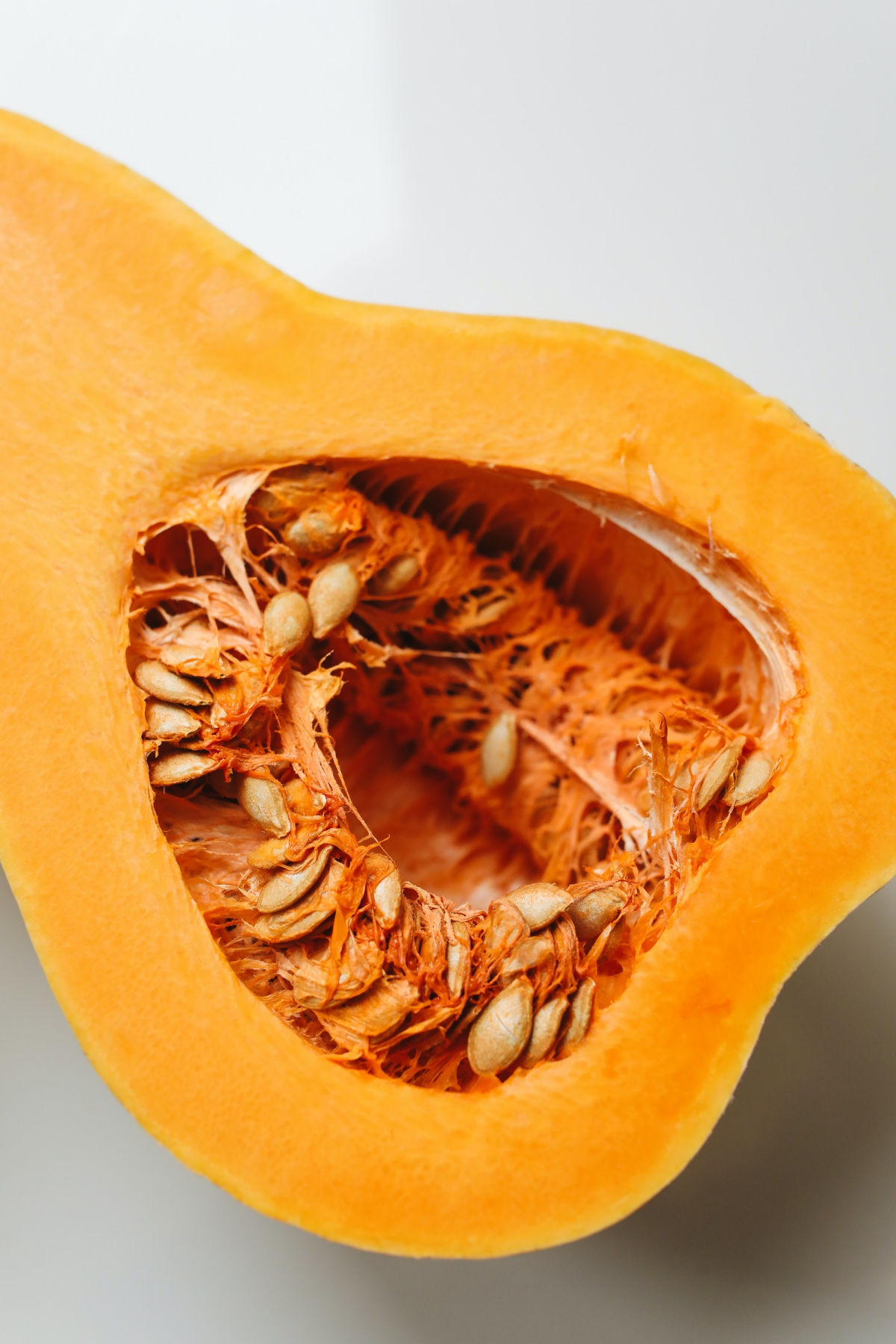
The Super-Simple Porosity Test
Before you choose a mask, you need to know your hair’s porosity. Porosity is just a fancy word for how well your hair absorbs and holds onto moisture. It’s the single most important factor in picking the right ingredients. Luckily, there’s an easy way to test it.
Just drop a single, clean strand of your hair (no product on it!) into a glass of water.
- If it floats: You have low porosity hair. Your
Galerie d’inspiration
Coconut Oil: A classic for a reason. Its small molecules penetrate the hair shaft, helping to replace lost protein. Best for low-porosity hair that needs strengthening from the inside out.
Argan Oil: This liquid gold is made of larger molecules that coat the hair, sealing the cuticle and adding incredible shine. It’s a champion for taming frizz on high-porosity or very coarse hair.
Ultimately, your choice depends on your hair’s needs—penetration versus sealing.
- Deeper ingredient absorption
- Softer, more manageable results
- Less product dripping down your neck
The secret? A little bit of warmth. After applying your mask, pop on a simple plastic shower cap or wrap your hair in a warm, damp towel. The trapped heat gently lifts the hair cuticle, allowing the nourishing ingredients to penetrate far more effectively. Leave it on for 20-30 minutes to work its magic.
Did you know? The phenomenon of increased hair shedding in the fall is called “seasonal shedding” and is thought to be an evolutionary remnant. One study in the British Journal of Dermatology found that women had the highest rates of telogen hair (the resting/shedding phase) in the autumn months.
So, if you’re noticing more hair in your brush, don’t panic! Supporting your scalp with nourishing treatments during this time can encourage healthy, strong regrowth for the new cycle.
Should I apply my DIY mask to wet, damp, or dry hair?
For maximum benefit, aim for clean, damp hair. A quick shampoo (focusing on the scalp) removes any product buildup that could block the mask from penetrating. Then, gently squeeze out excess water with a t-shirt or microfiber towel until your hair is damp but not dripping. This provides the perfect canvas: the hair cuticle is open and ready to absorb all the goodness without the mask being diluted by too much water.
The ritual is just as important as the recipe. Elevate your weekly mask into a true self-care moment. Light a calming candle, put on a relaxing playlist, and take the time to really massage the mask into your scalp and strands. This not only ensures even coverage but also boosts circulation to the scalp, which is vital for healthy hair growth. It transforms a chore into a restorative experience.
A common mistake: Going overboard with protein. While protein (found in ingredients like eggs, yogurt, or keratin treatments) is essential for rebuilding damaged hair, too much of a good thing can lead to “protein overload.” This makes the hair rigid, brittle, and prone to snapping. If your hair feels stiff or straw-like after a treatment, switch to a purely moisturizing mask rich in oils or aloe vera for your next few sessions to restore the balance.
Don’t let your good work go down the drain. What you do right after your mask matters.
- Rinse with cool water: This helps seal the hair cuticle, locking in the moisture and nutrients you just added.
- Be gentle: Avoid vigorously rubbing your hair with a coarse towel. Instead, gently squeeze and blot with an old cotton t-shirt or a dedicated microfiber towel, like those from Aquis, to minimize friction and prevent frizz.
- Apply leave-in conditioner: While hair is still damp, apply a light leave-in product to protect your newly-repaired strands.
If you’re not in a DIY mood, you can still find fantastic budget-friendly masks at the drugstore. The key is reading the ingredient list. Look for powerhouse hydrators like shea butter, glycerin, cetyl alcohol (a good, fatty alcohol), and honey high up on the list. For an affordable and effective option, the masks from Shea Moisture or Garnier Fructis’s 1-Minute Hair Masks line pack a serious punch of moisture without the high price tag.
For centuries, women in China, Japan, and Southeast Asia have harnessed the power of rice water to achieve incredibly long, strong, and healthy hair. This ancient tradition is essentially zero-waste beauty at its finest.
The cloudy water left after rinsing rice is rich in amino acids, vitamins, and minerals that are believed to repair the hair cuticle and improve elasticity. Simply save the water from your next batch of rice, let it ferment for a day for extra potency, and use it as a final hair rinse after shampooing.
A healthy scalp is the foundation for healthy hair, especially when encouraging new growth during a shedding phase. A few drops of the right essential oil can supercharge your mask.
- Rosemary Oil: Often compared to minoxidil in studies for its ability to stimulate hair growth.
- Peppermint Oil: Its menthol content creates a cooling, tingling sensation that invigorates the scalp and boosts circulation to the follicles.
- Lavender Oil: Known for its soothing properties, it can help calm an irritated scalp while providing a relaxing aroma.
- Restores shine and vibrancy
- Reduces frizz and flyaways
- Strengthens brittle strands
The trick? It’s all about sealing the cuticle. After a summer of sun and chlorine lifting your hair’s protective layer, the goal is to smooth it back down. A mask rich in natural oils and a final rinse with cool water will work wonders to flatten that cuticle, trapping moisture inside and creating a smooth surface that reflects light beautifully.
